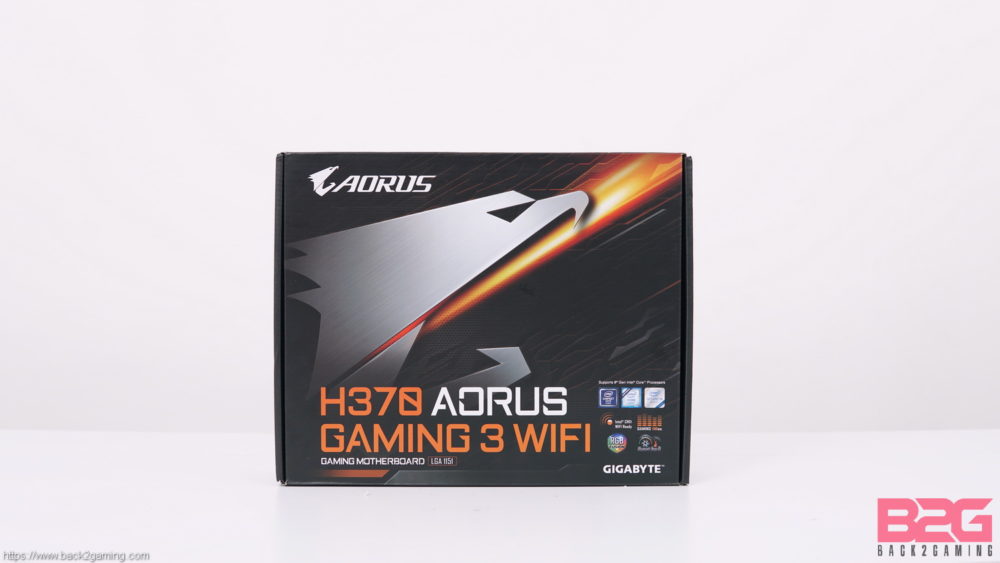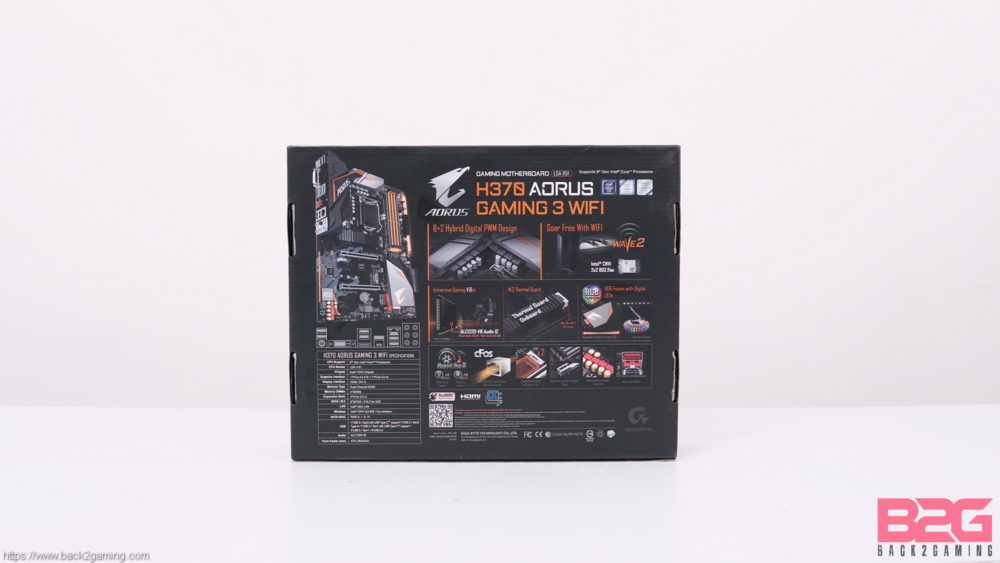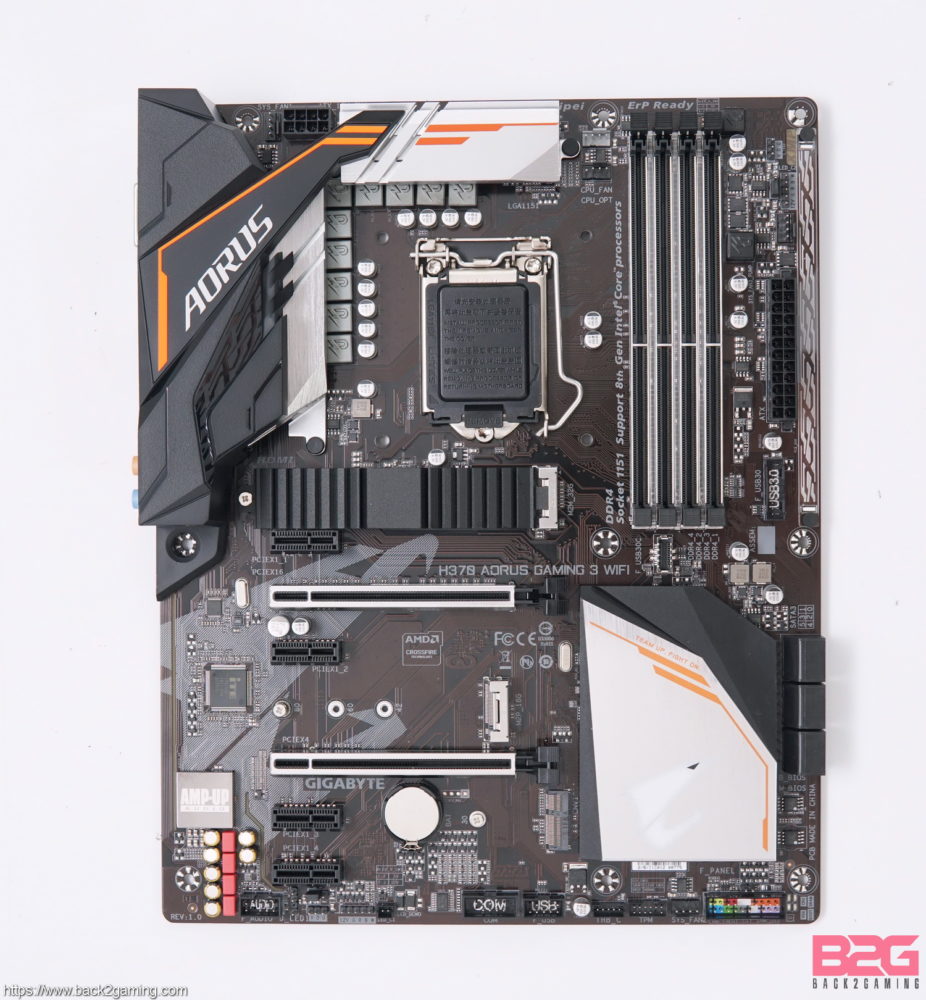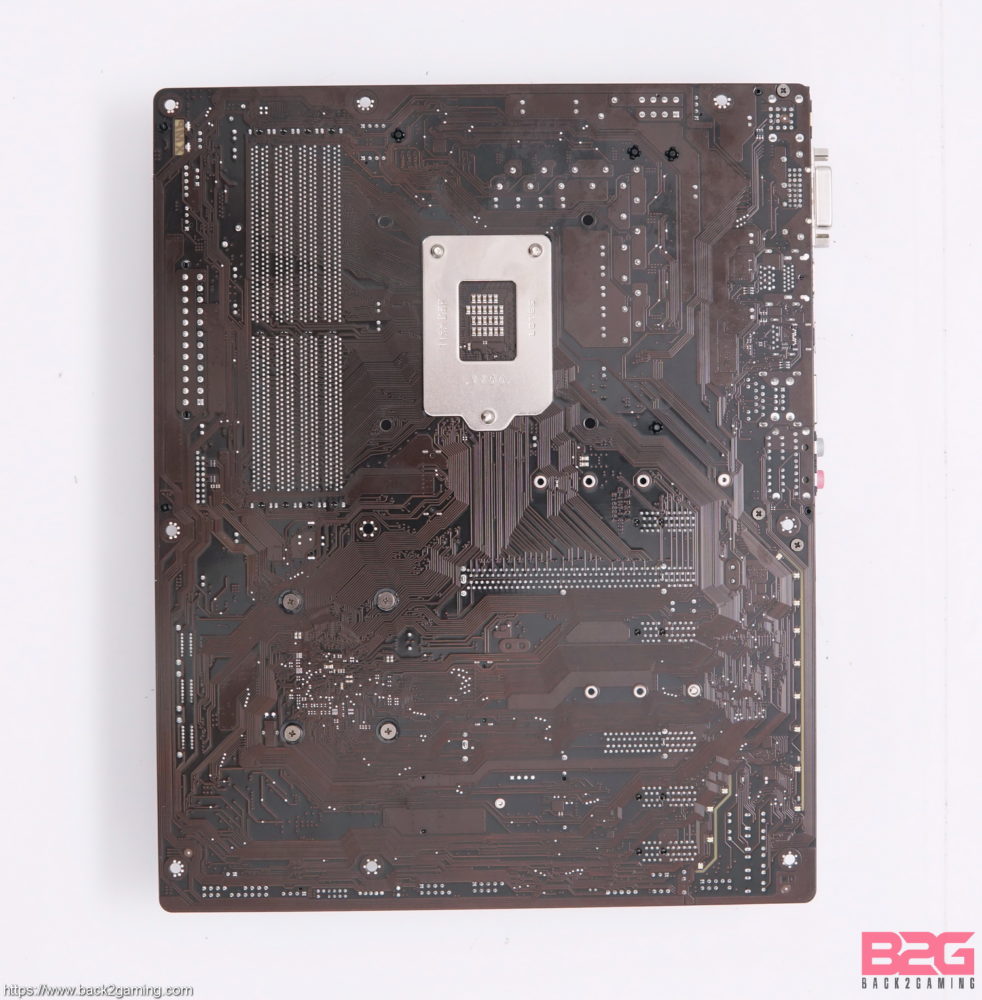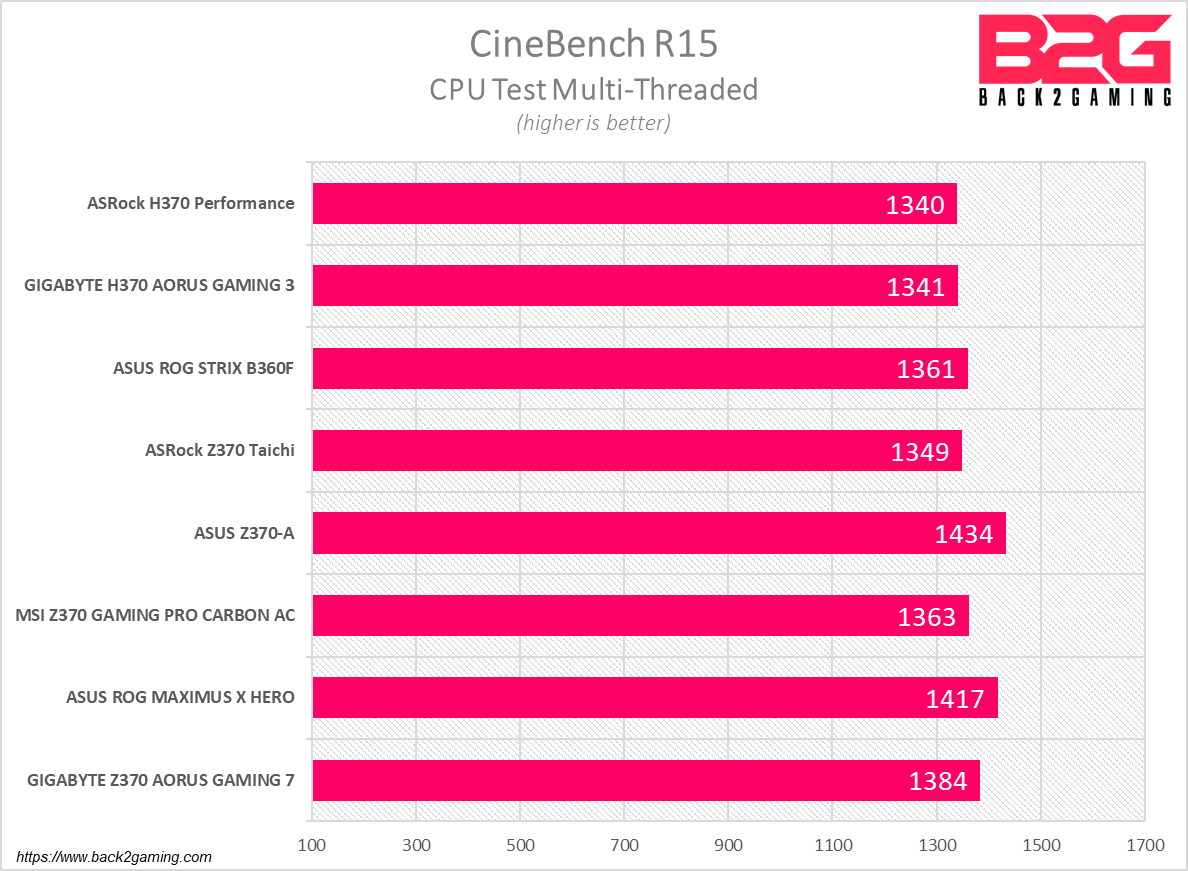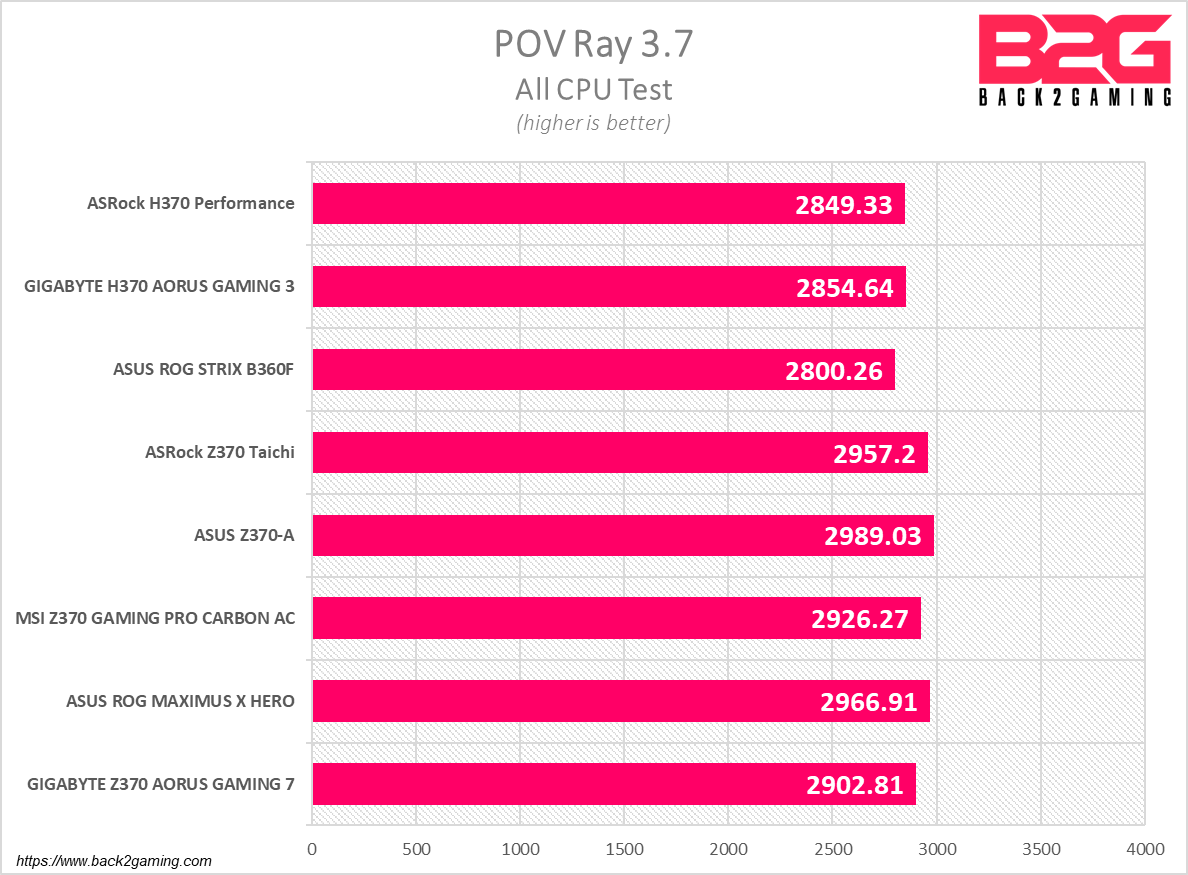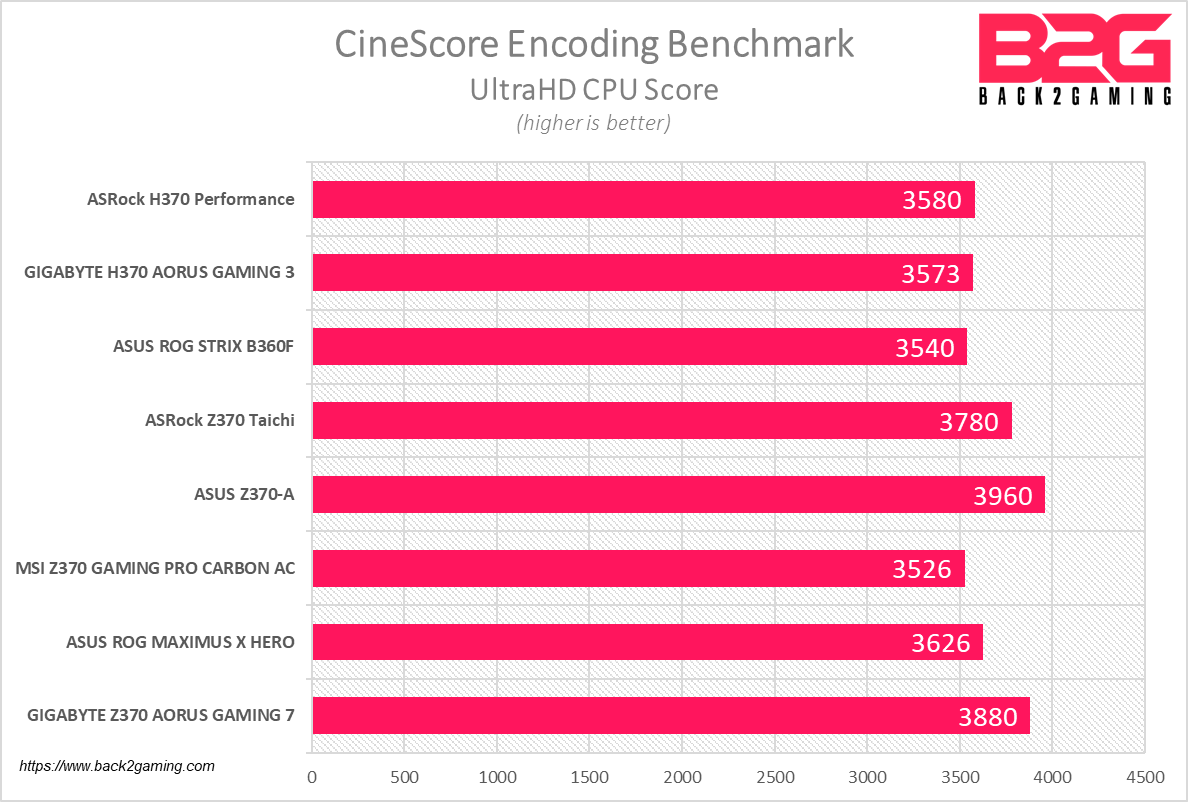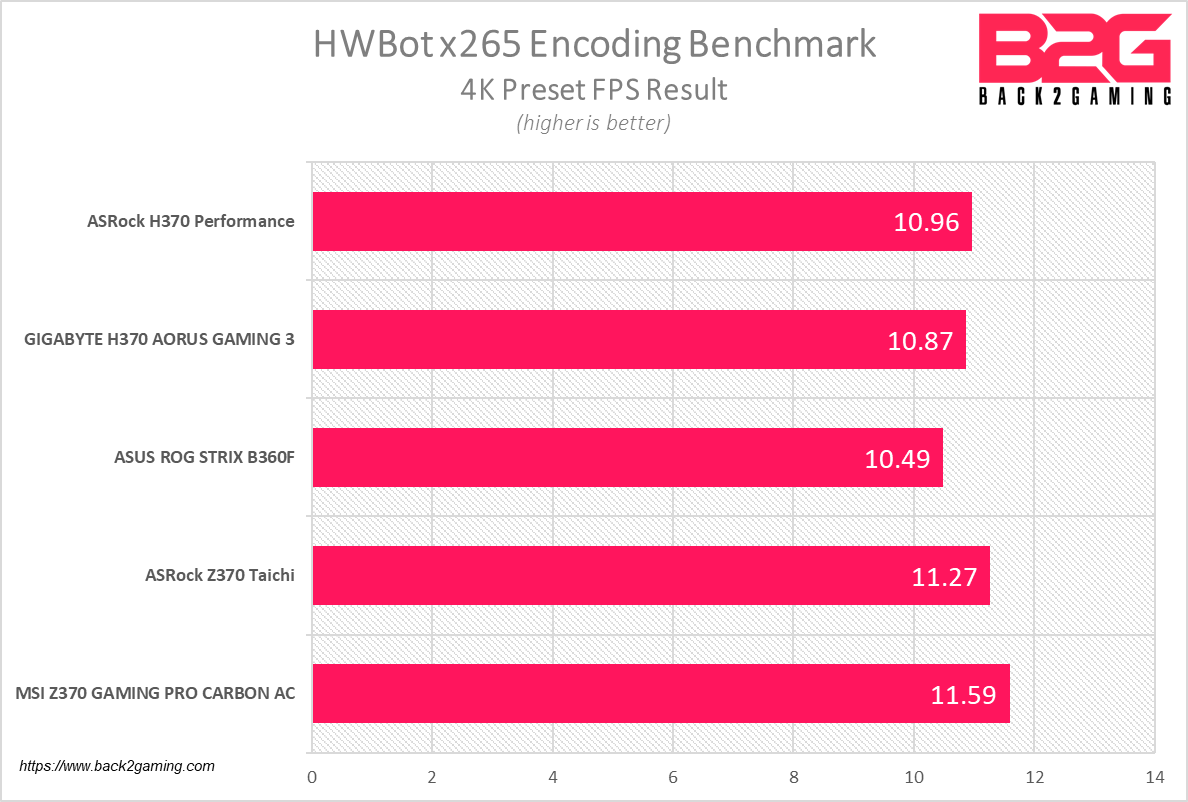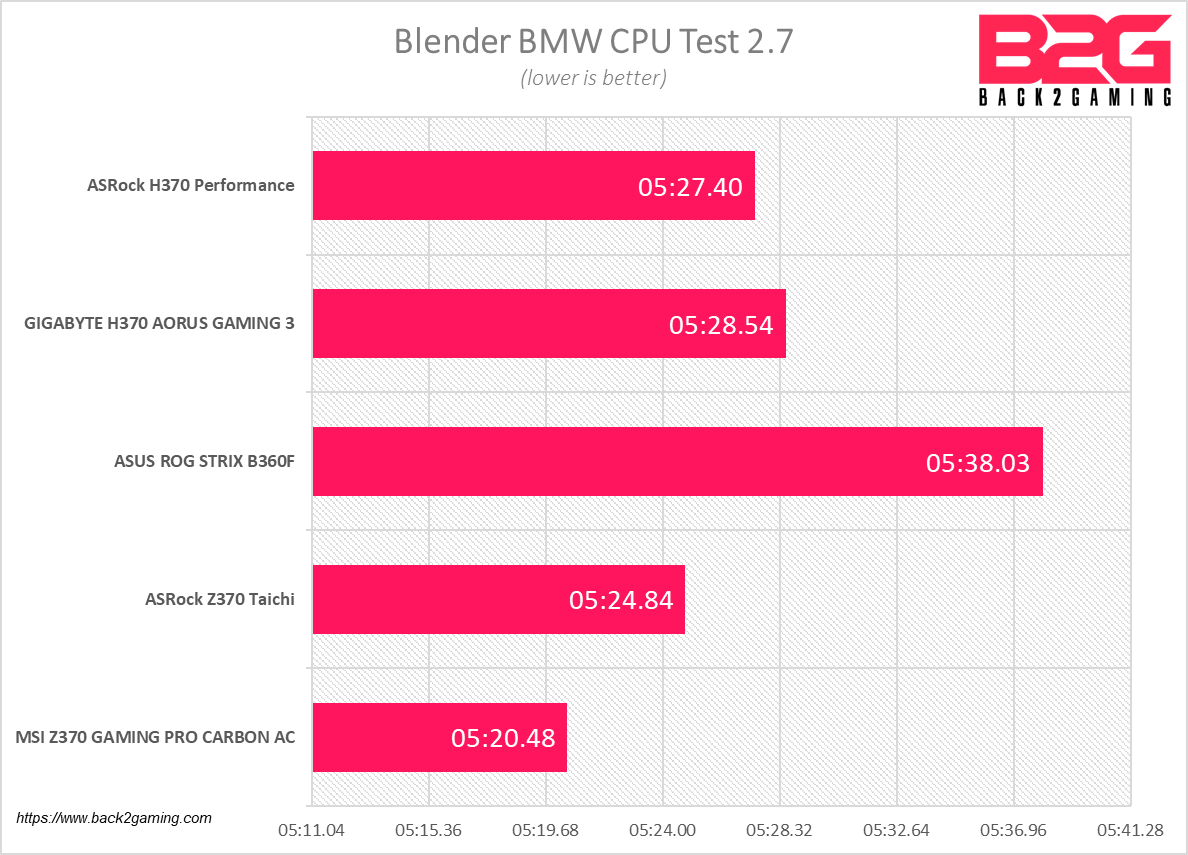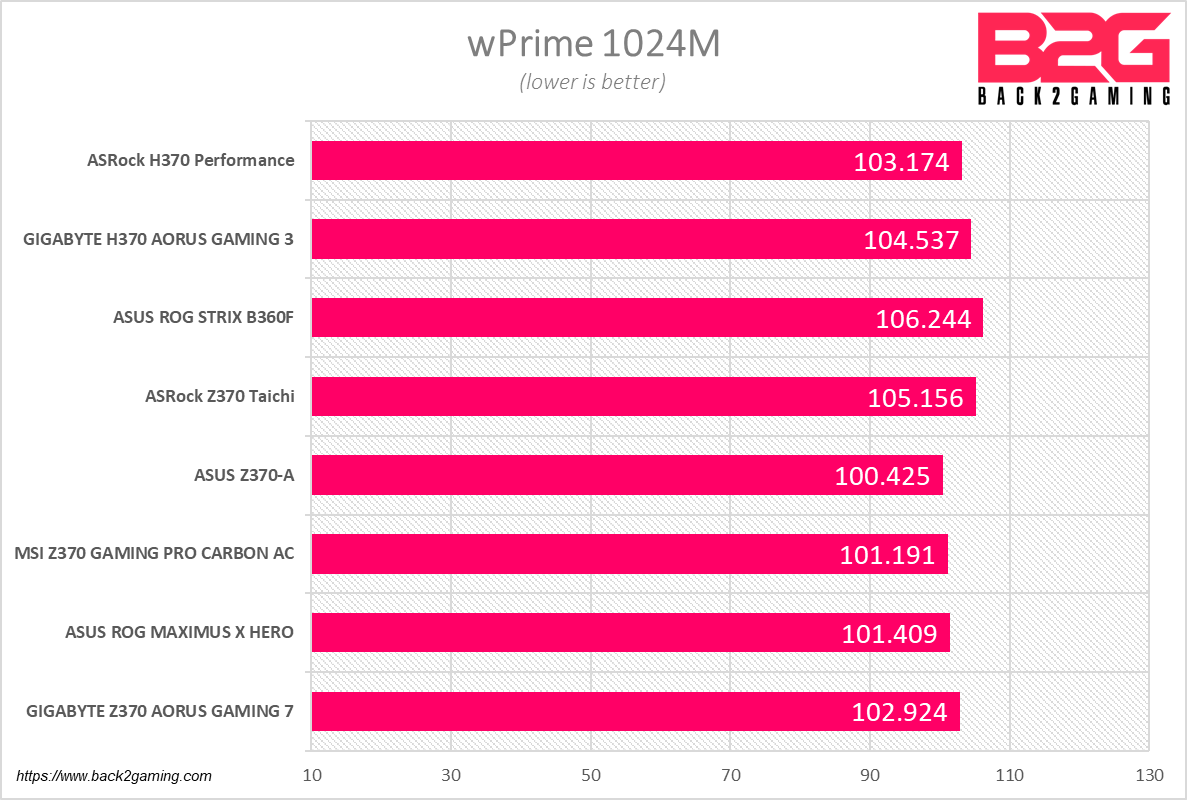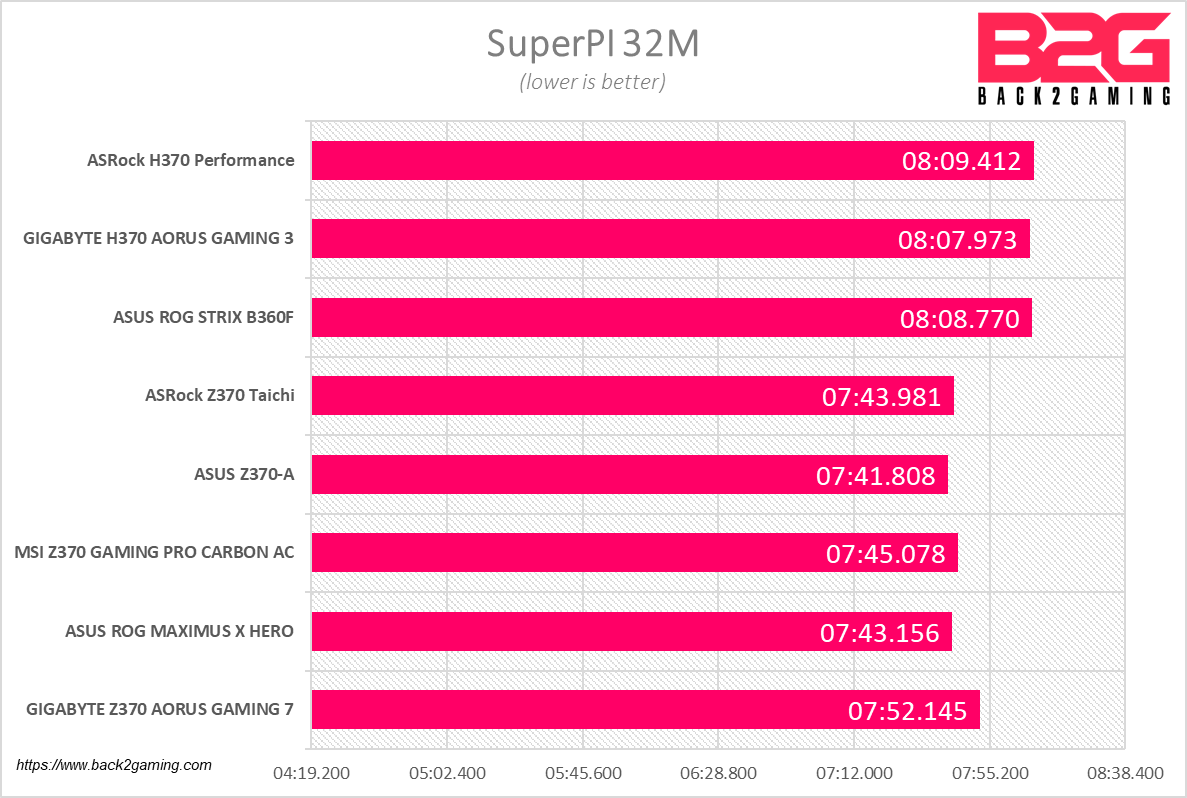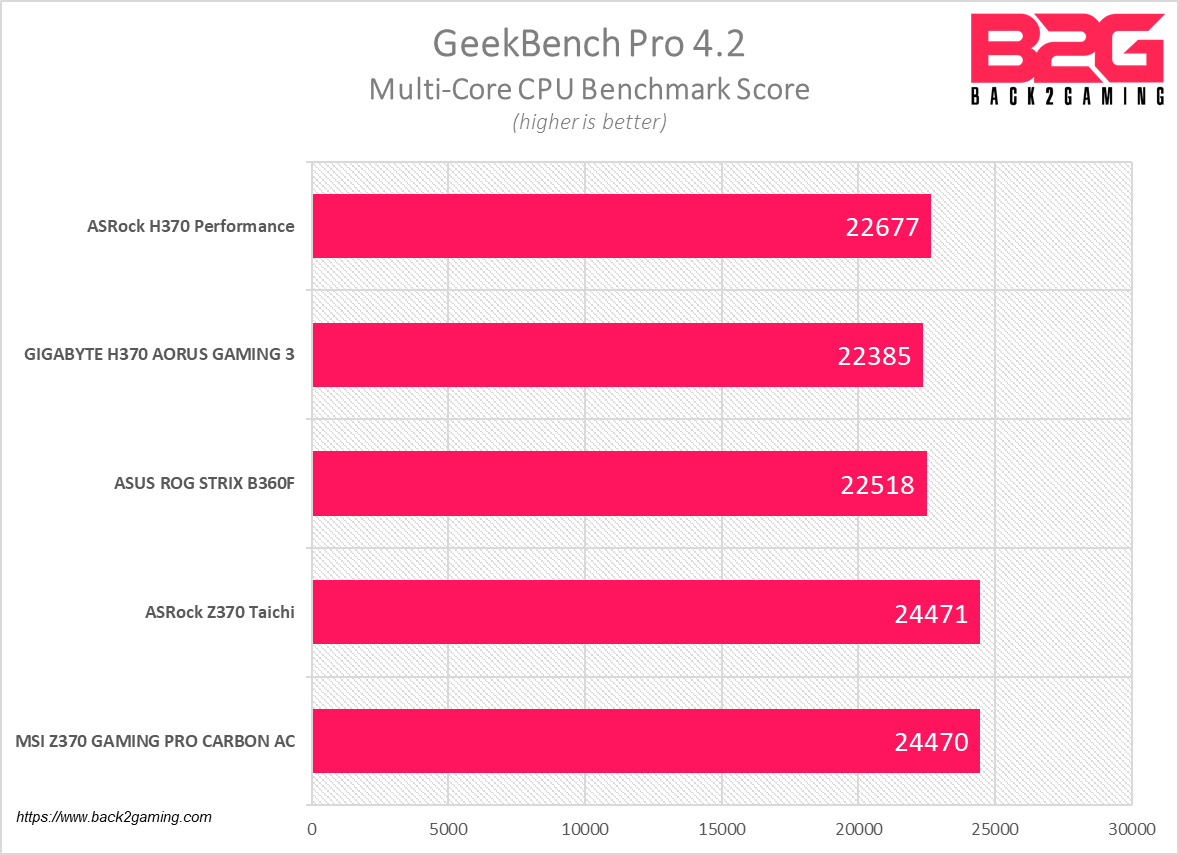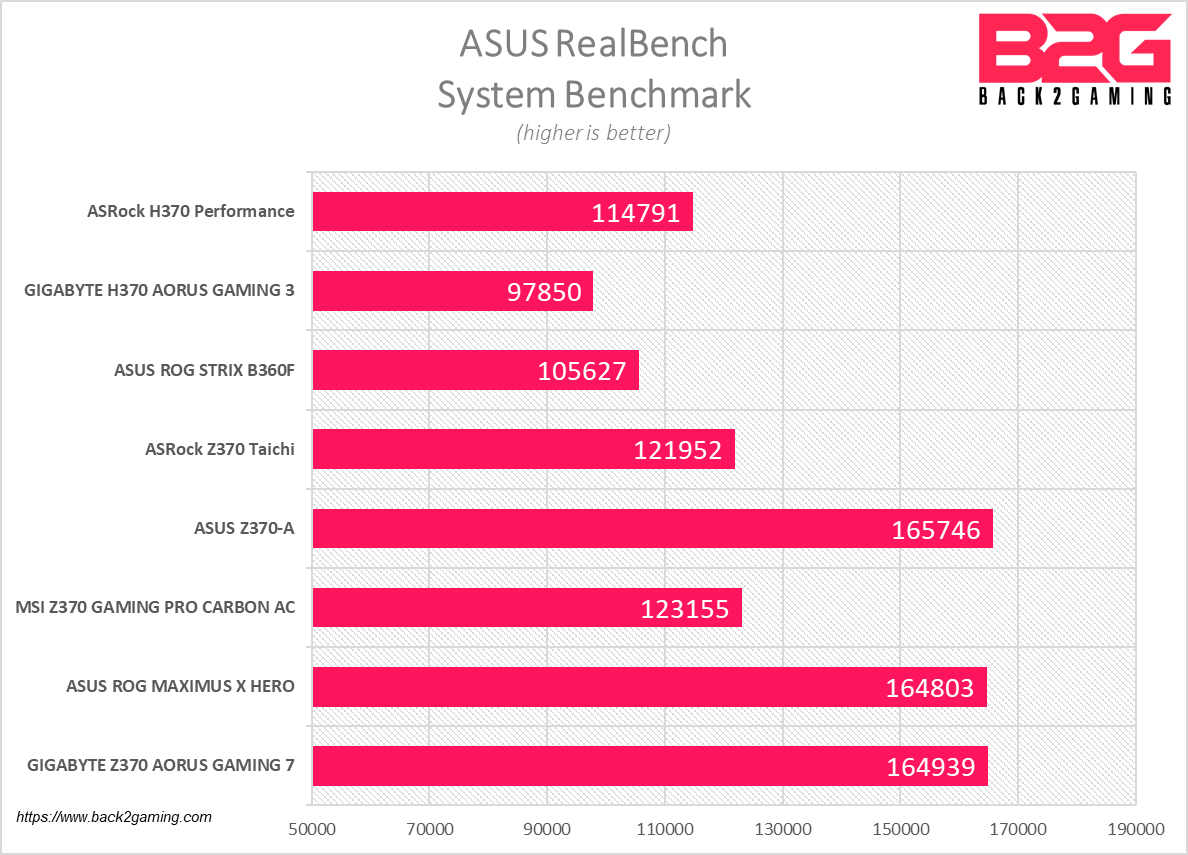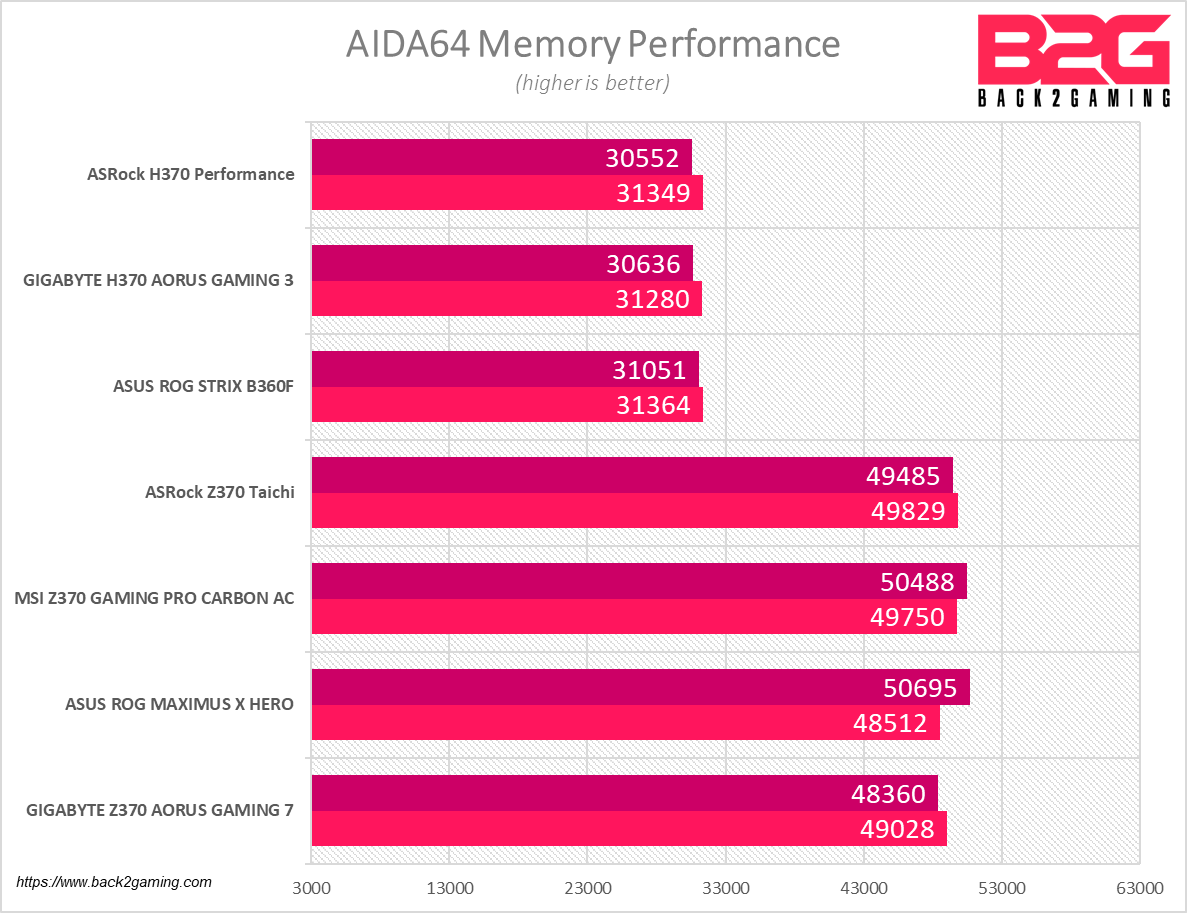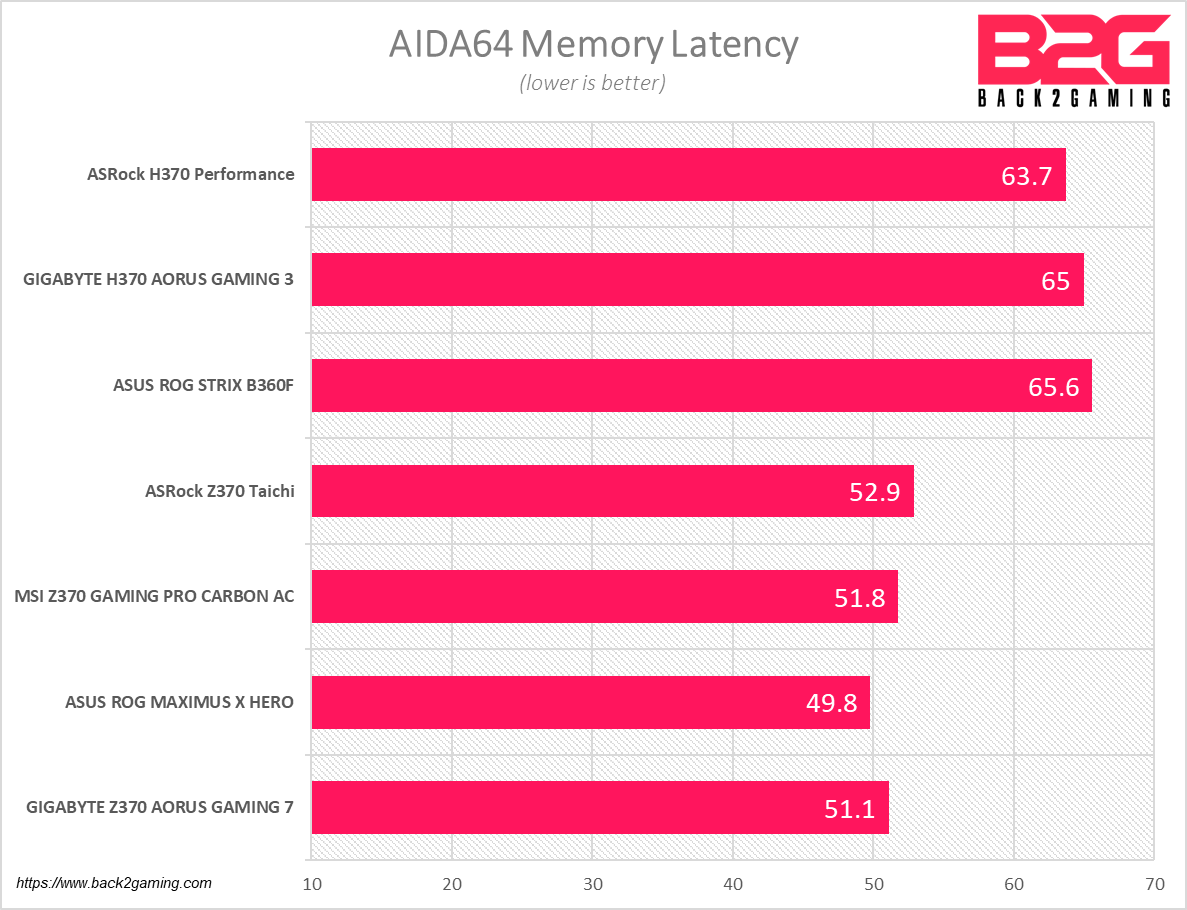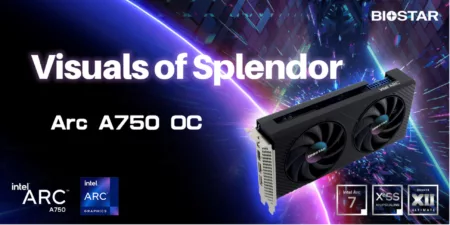The GIGABYTE H370 AORUS GAMING 3 WIFI Motherboard
Intel has held off releasing their more mainstream chipset for the 300-series for quite a while and we’ve seen the release of the H370, B360 and H310 motherboards only after nearly half-a-year of having the Z370 chipset in what was a really rushed move from Intel. Despite that, users did benefit by getting a much more cost-effective quad-core part from Intel and of course, Intel’s first mainstream consumer-oriented 6-cores. Despite that though, platform cost has been a barrier for many upgraders as Intel has reluctantly saved the lower portion of the 300-series chipset until only recently, forcing many to stick with the much costlier Z370 or just hold off on upgrading. In some cases, some users even jumped ship to AMD because of their better value proposition. Still, Intel wouldn’t be swayed and they stuck with their launch calendar.
The H370 and B360 chipsets are essentials scaled down versions of the Z370, the primary differences mainly focusing on the lack of overclocking support and enthusiast features but also to I/O options. Given their prices though, H370 and B360 chipsets have been mostly relegated to mid-tier status which is perfectly fine especially for buyers of non-K edition processors who have no interest in overclocking and just want a straight build with a single GPU that works as intended.
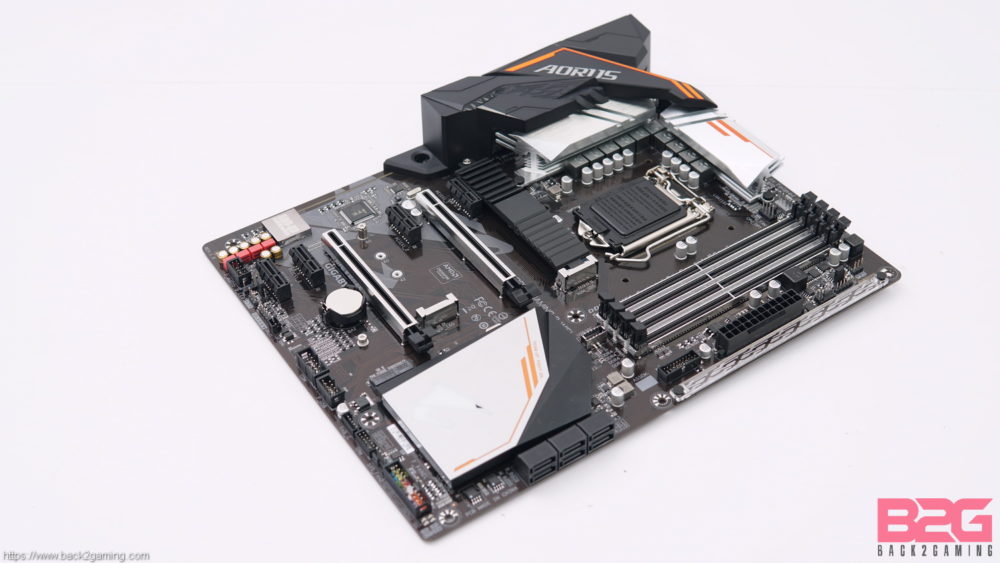
The GIGABYTE H370 AORUS GAMING 3 WIFI aims to be an all-in solution for mainstream Intel 8th-gen builders that want a foundation for their gaming build that won’t break the bank but still offer a nice bundle of both looks and features. In a bid to level the price premium, GIGABYTE also adds-in WIFI on this model which only adds a smidge of cost to the non-WIFI model at barely $10 (varies by region) difference. Let’s take a closer look.
The Intel B360/H370 Chipset
Intel’s B360 sits in the middle of the Intel 300-series chipset stack and is aimed primarily at bare-bones build particularly for businesses hence the B in the naming designation. Over time though, the business designation of this chipset family has been set aside and has become the secondary mid-market offering for Intel. Board makers have made it so that the B360 usually sits just a touch below the H370 and offers features and functionality accordingly.
The H370 chipset differs from the the Z370 with its lack of overclocking support for K-unlocked processors. H370 also do not allow splitting of PCI lanes from the CPU between devices. It also has 4 USB3.1 ports and 8 USB 3.0 ports. Maximum PCIe lanes is pegged at 20.
Right off the bat, the main limitation that most builders may want to know about the B360 chipset is that it doesn’t support multiplier-unlocked overclocking. That means while you can use a K-processor like an Intel Core i7-8700K on B360 motherboards, it won’t allow you to overclock via multiplier so you’re very restricted if you want to go further hence why many builders will never recommend this combination. The B360 chipset also has a memory speed limit of 2666Mhz meaning even if you have a DDR4-3000 kit, the maximum you can go is at 2666.
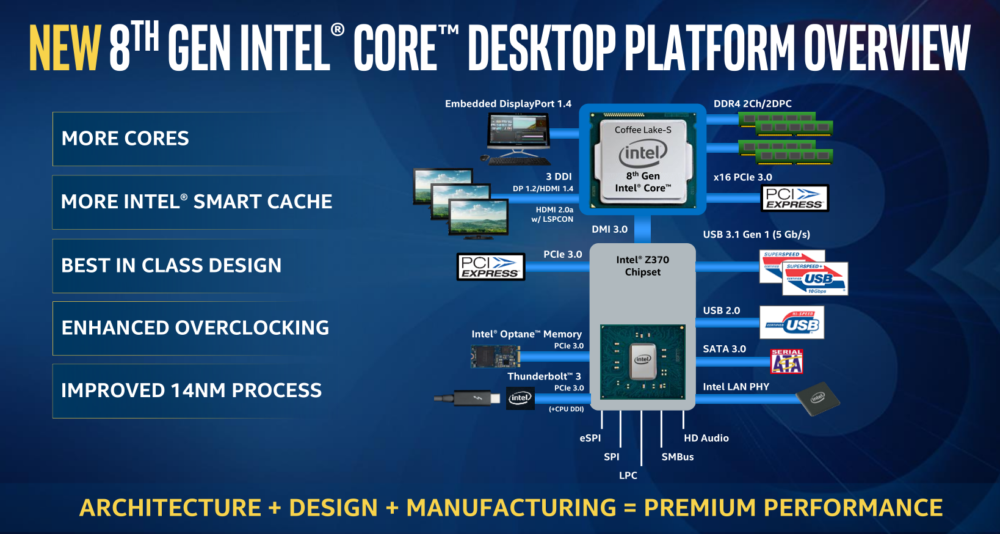
Closer Look
GIGABYTE ships the H370 AORUS GAMING 3 WIFI in their signature black box with orange highlights. Printed in big bold letters is the model name. Again please note that there are model variations and its important to see which model you actually want and the front of the box highlight that well. At the back we get a detailed breakdown of the features of the motherboard.
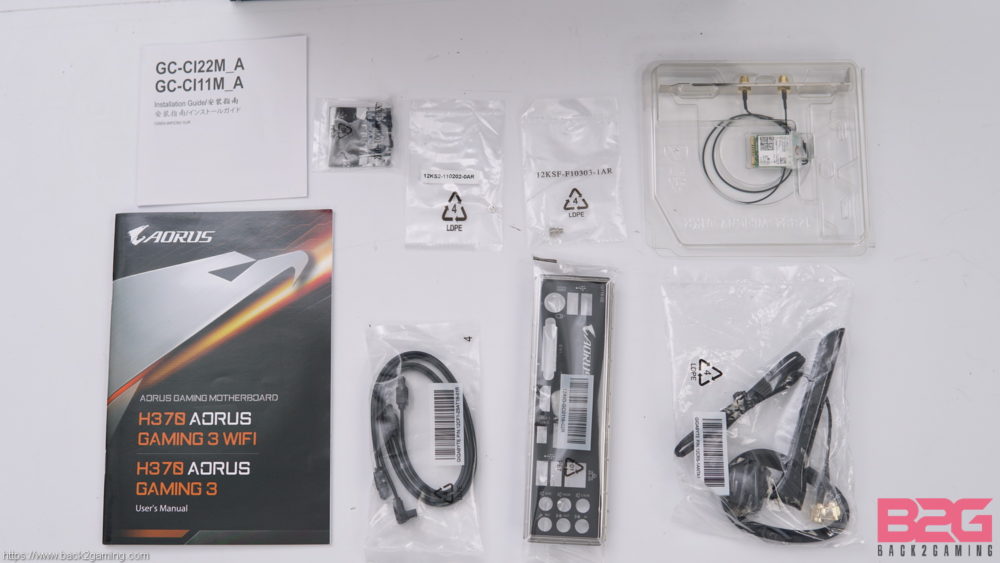
Included in the package is a front panel connector, SATA cables, the I/O shield, the WIFI M.2 module, antenna, M.2 mounting screws and documentation.
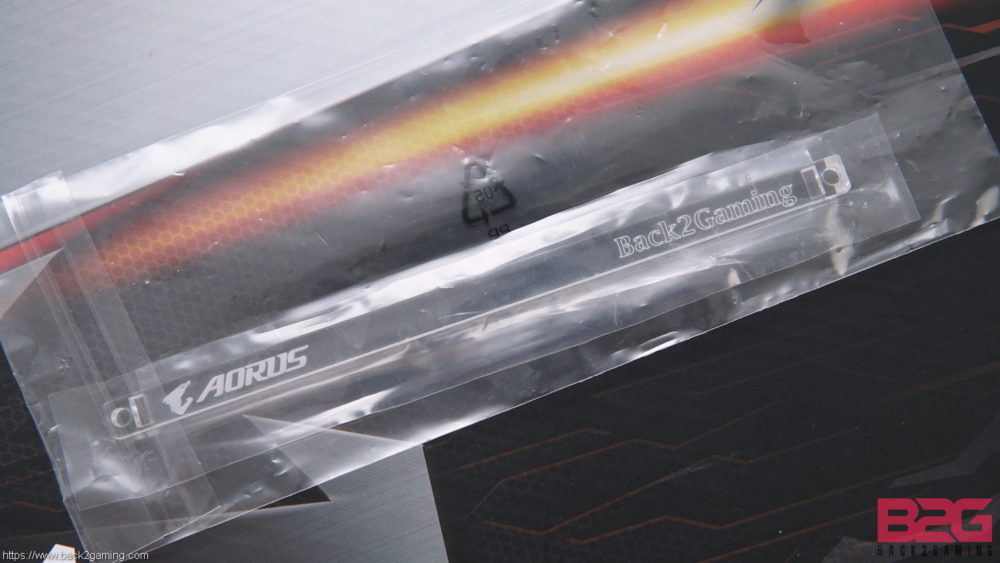
GIGABYTE also includes a blank light bar to decore your motherboard with. Here’s an example of what you can do with the blank bar.
The layout on this motherboard is clean and there’s barely any PCB addition that may look busy. The audio is packed as well as the lower part and upper right but besides those area, the space between the PCI-e slots and around the CPU are clean. There’s 3 M.2 slots here but only one comes covered with a heatsink slot cover.
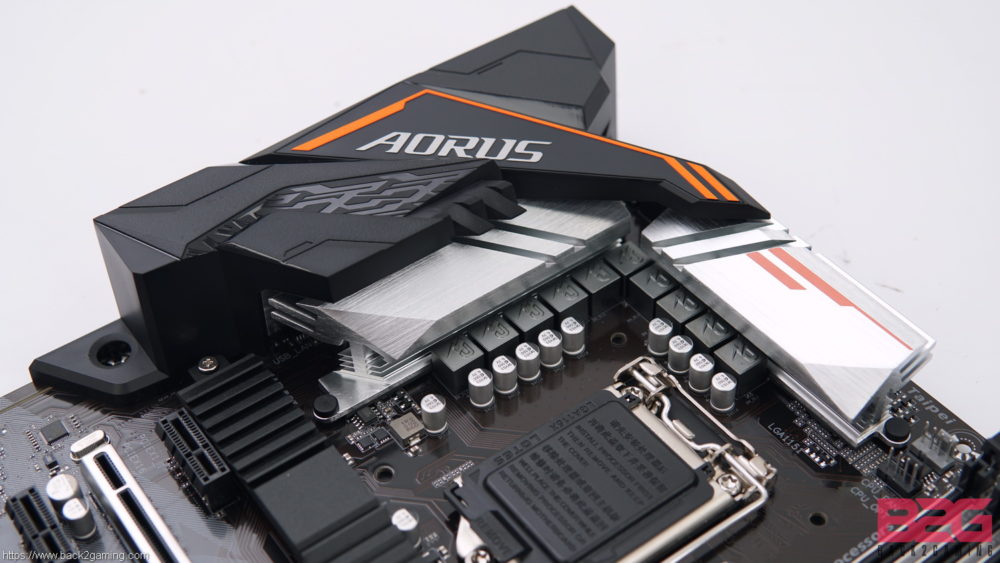
There’s really something about this generation’s AORUS design that’s putting me off. The mix of abstract tooling with dashes of orange on wonky blocks of plastic just look too messy for my taste. Your mileage may vary. I do like the metallic silver finish on the VRM heatsink. Speaking of VRM, this motherboard is wired with an 8+2 power phase design. While this platform won’t see much overclocking, GIGABYTE’s choice of components do give it better quality for long-term use even under constant load.
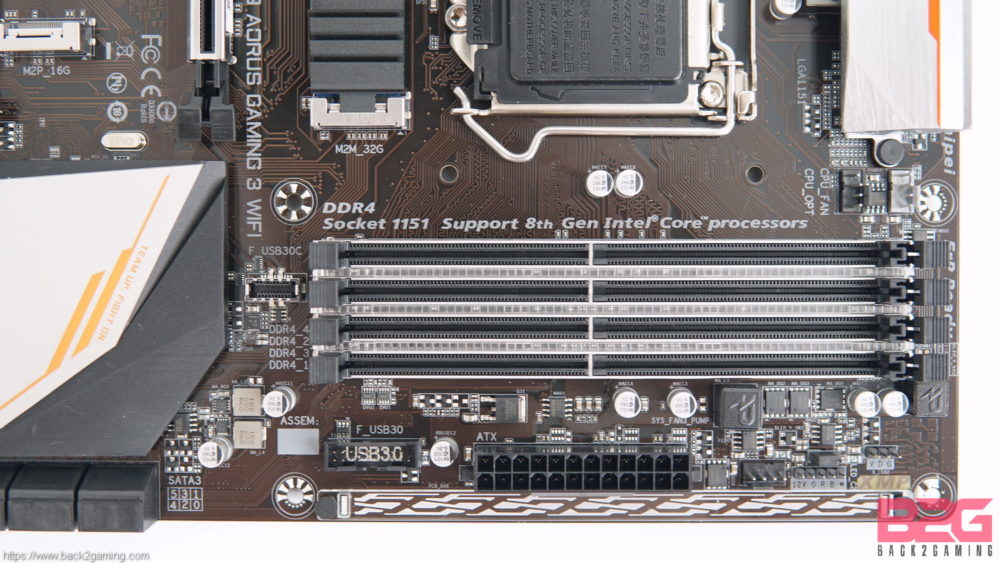
GIGABYTE has plenty of LEDs in this motherboard including the right edge, DIMM slots, bits of the shrouds amongst other places. There are not onboard buttons on this board so its more oriented to build-and-forget kinds of setups.
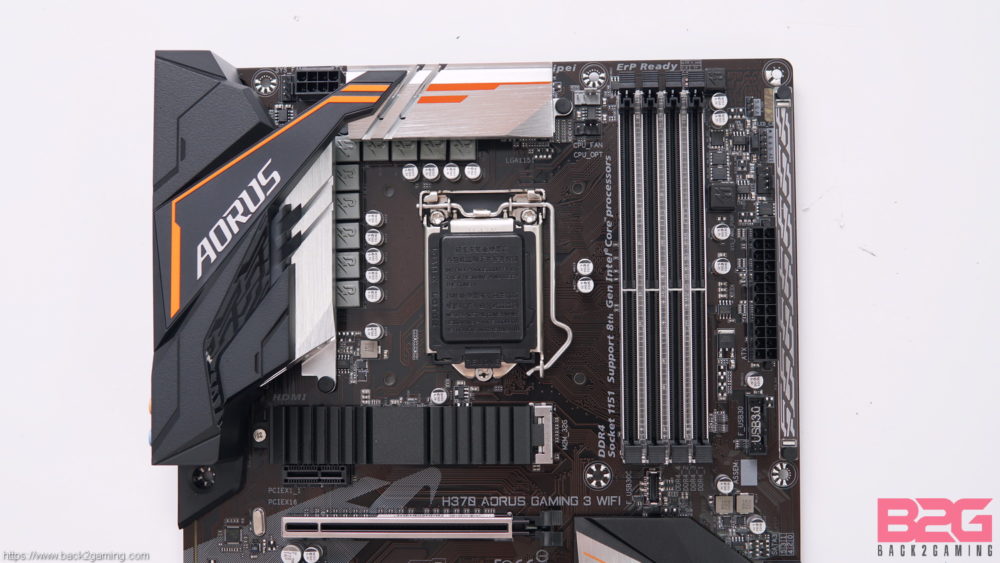
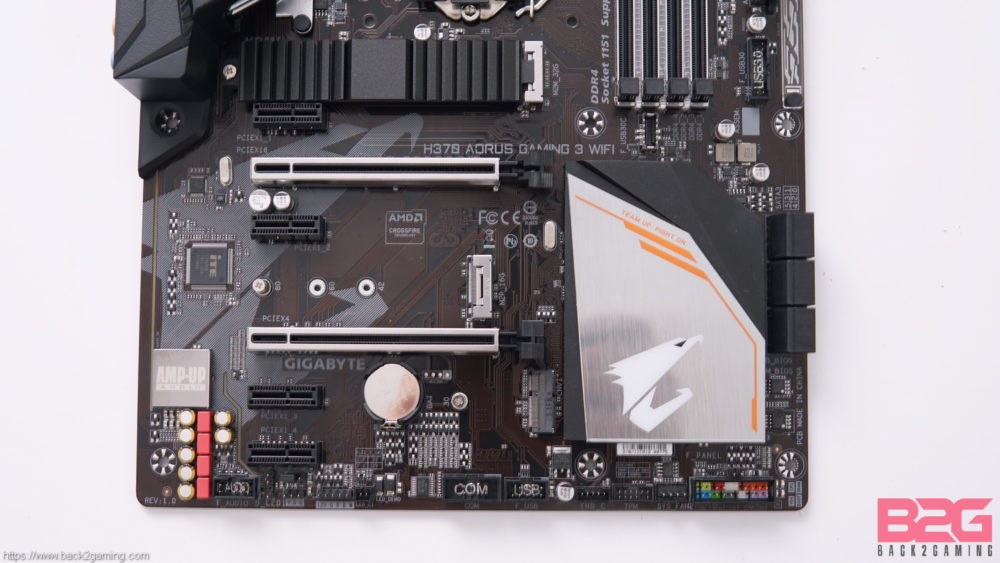
The lower edge of the motherboard shows us a fairly large PCH heatsink together with reinforced PCI-e slots.
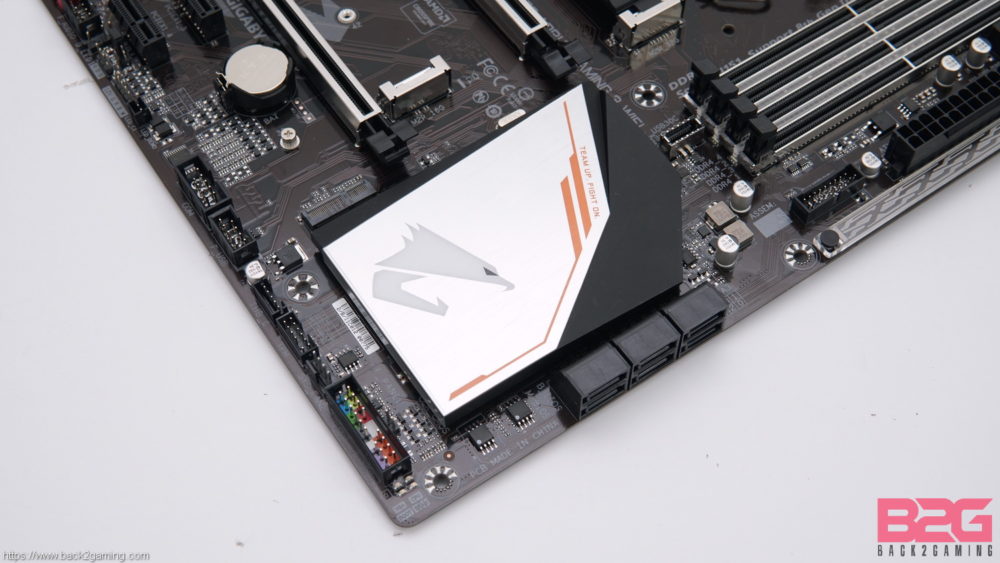
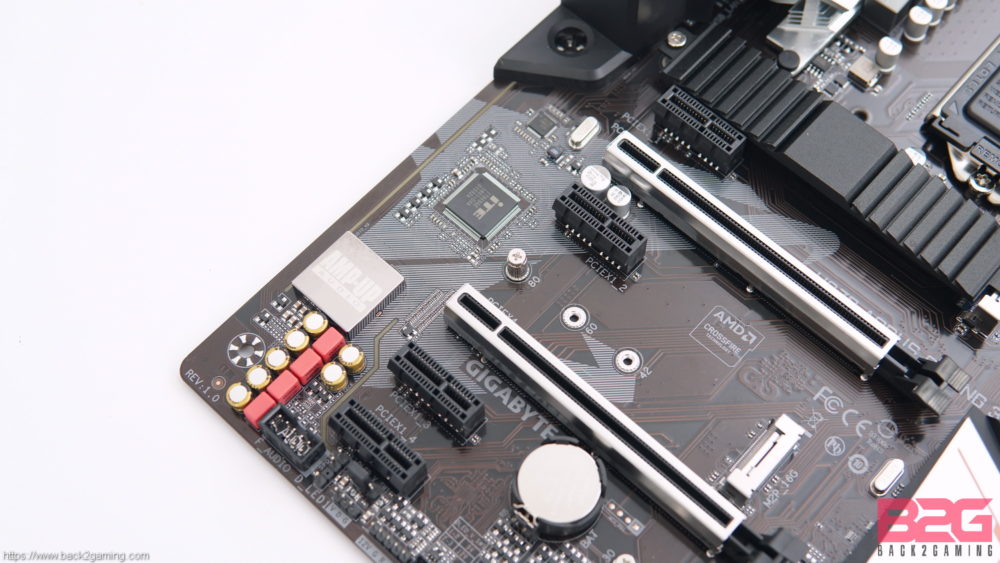
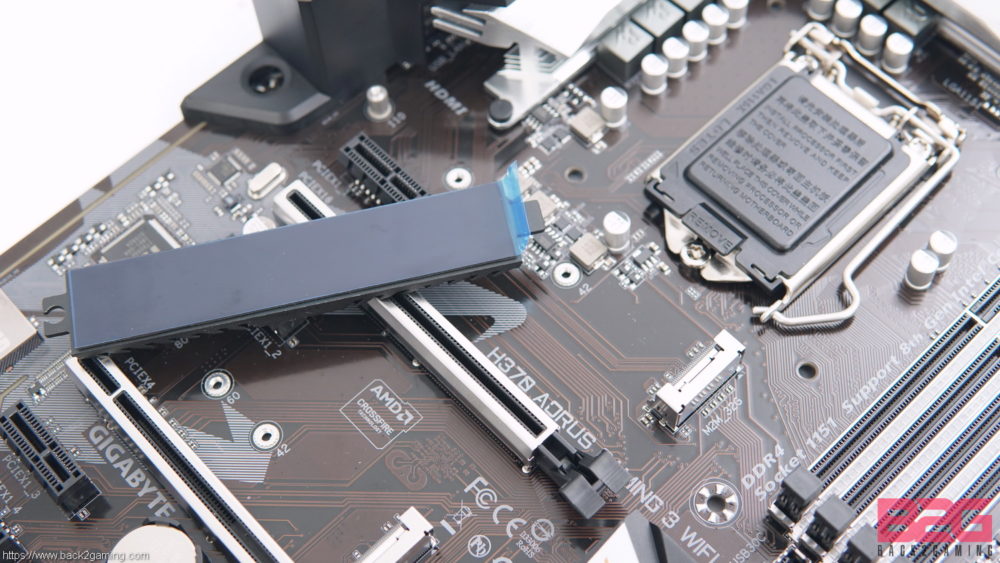
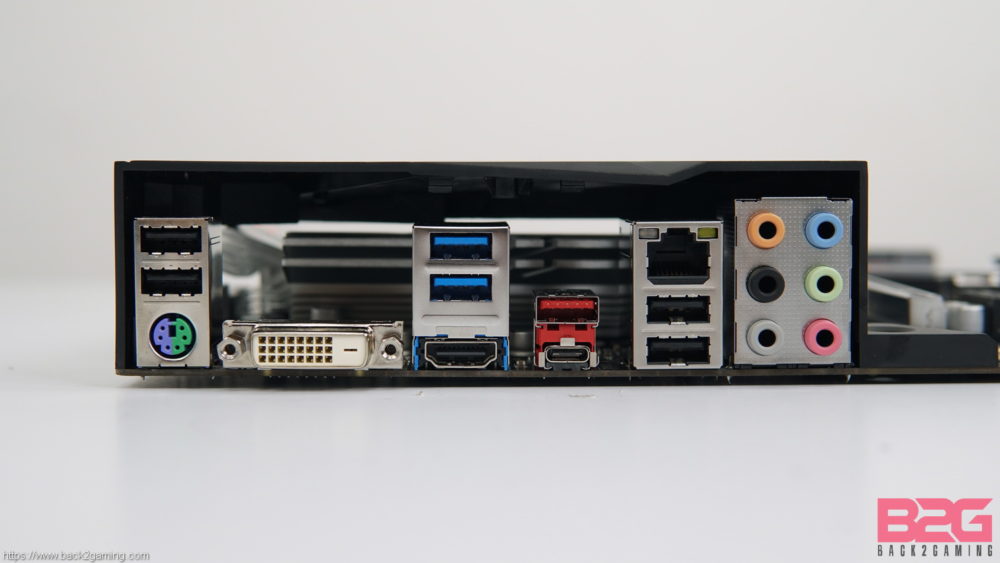
At the back we see the I/O for this motherboard. We have a legacy PS/2 peripheral port, USB2.0 ports, a DVI and HDMI ports for video out display for IGPU use. We also have USB3.0 and USB3.1 ports including a Type C port.
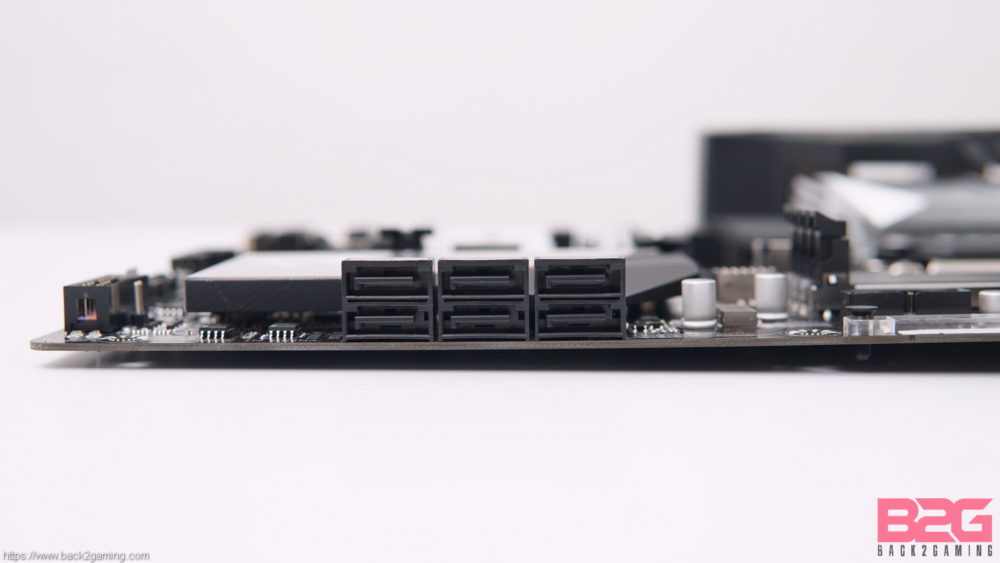
Performance Testing
Processor: Intel Core i7 8700K
Motherboard: GIGABYTE H370 AORUS GAMING 3 WIFI
Memory: Corsair Vengeance RGB DDR4-3600 2x8GB
Storage: WD Blue SSD 1TB
Graphics Card: ZOTAC GTX 1080 Ti AMP! Edition
Cooling: Thermaltake Water 3.0 360mm
Power Supply: Seasonic Platinum P1000
Display: ViewSonic VX2475Smhl-4K

Notice: As many already know, most motherboards will have varying frequency multipliers and this may affect performance overall. As this is part of their out of the box configuration we see it fit to use them as is. All data presented here in are with the default motherboard settings for stock performance. Overclocked performance will be indicated where needed. For non-Z series motherboards, all benchmarks are performed on DDR4-2133 default settings.
As always, we’ll let the numbers do the talking.
Rendering and Encoding
Arithmetic Benchmarks
System Benchmarks
Memory Performance
Temperature and Power Draw
In this test we’ll measure how much manufacturer-set BIOS settings affect temperature and power draw. As we’re dealing with pre-launch samples, more mature BIOS may change these over time.
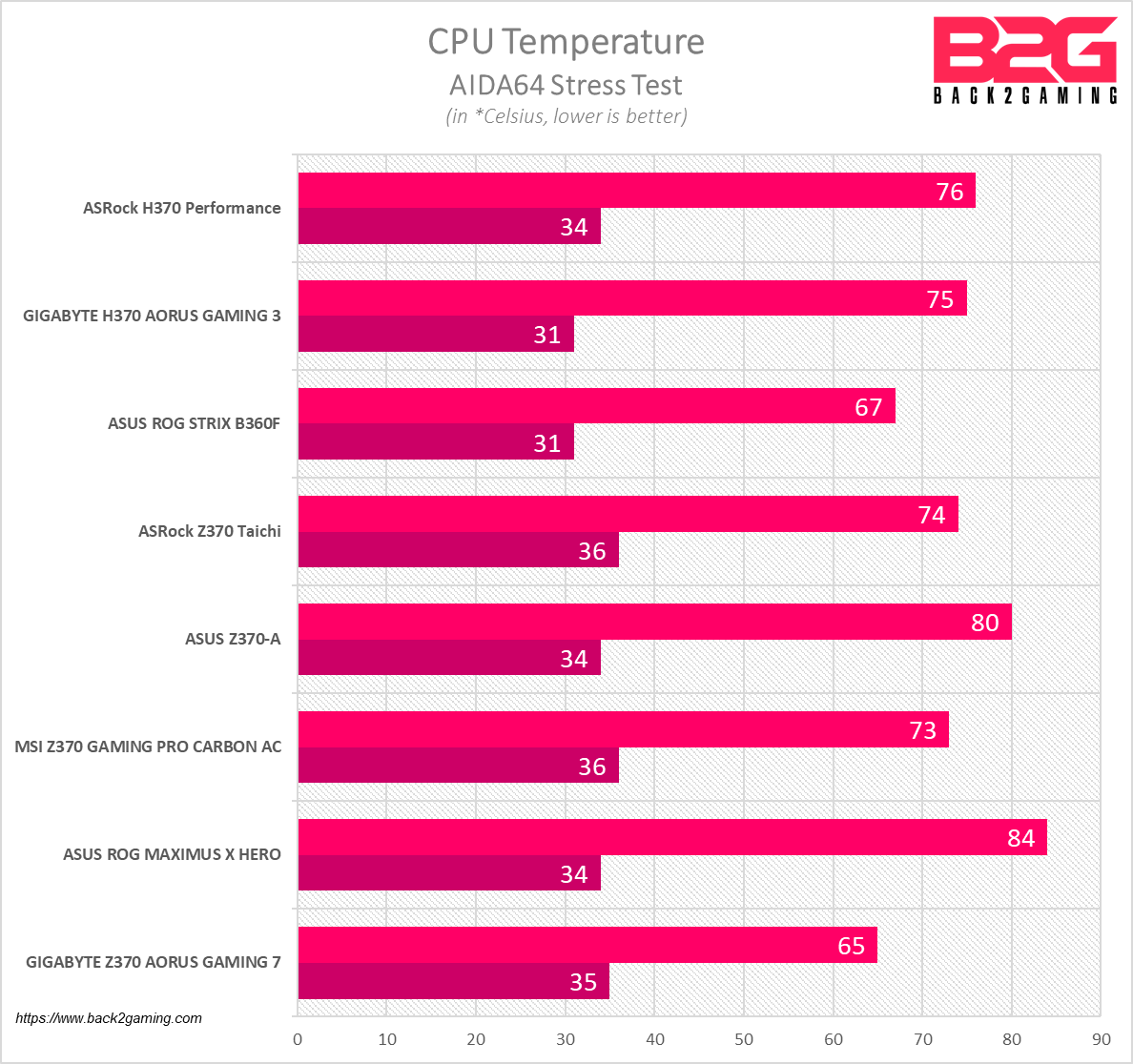
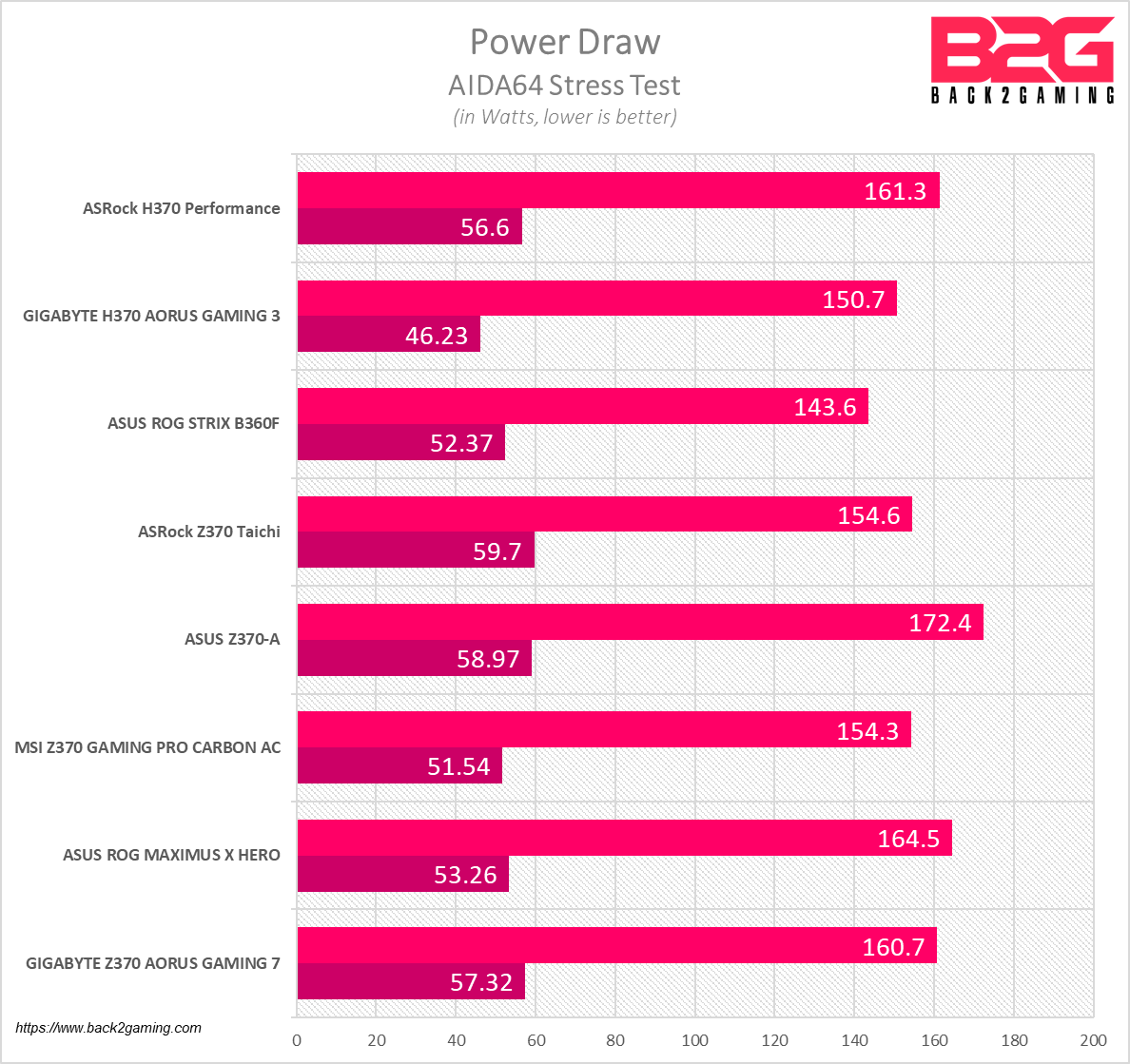
The board is well configured for stock operations and its temps and draws look fair enough against other boards. We do see it still drawing a bit higher than other non-Z370 boards but nothing to be really concerned about.
Conclusion
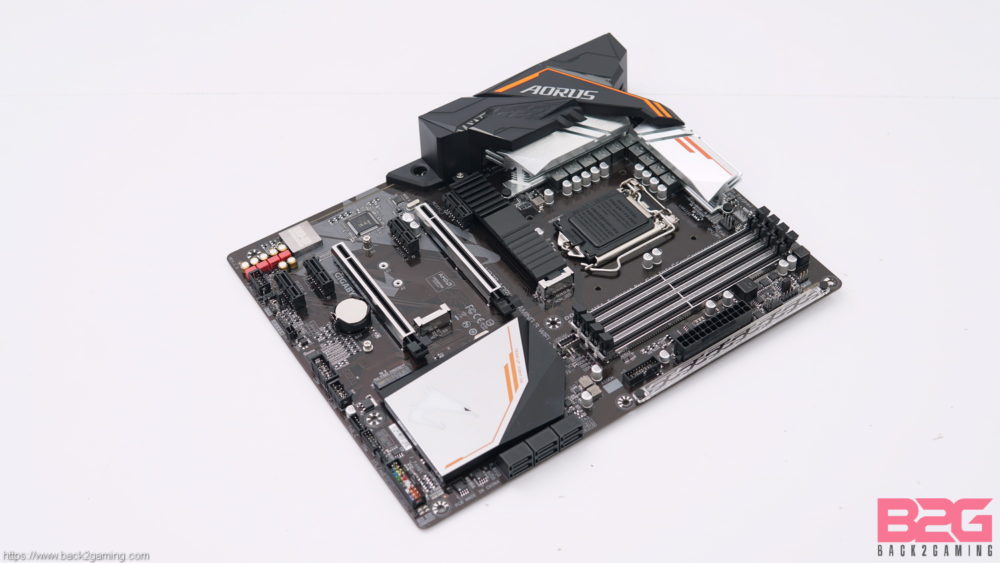
It’s a tough spot when motherboard makers try to bring more to a market segment that isn’t really looking to be dressed-up or decked-out in features especially when Intel’s non-K processors still pack quite a premium. The good thing is that most games right now will happily chug on with mainstream quad-core processors and thankfully Intel’s new quad-cores in the 8th-Gen Core i3 range has made it more accessible for budget-conscious builders to opt for a lower-cost CPU and still get great performance.
This is where the mid-level offering of the Intel 300-series chipset shine and GIGABYTE’s H370 AORUS GAMING 3 WIFI puts up a compelling offer for builders that are looking for a motherboard to setup as a build-and-forget gaming rig. Despite this position, it does feature a heavy serving of customization and options with RGBW LED strip support. Support for Intel Optane and NVMe SDD makes this a great motherboard for builders also looking for a foundation for those that need good storage performance and flexibility options.
Looks may be subjective but I still have to dock points for GIGABYTE for opting for this design. Its a step backwards from their previous designs and this may have been the most dissatisfied I’ve been with their designs. Other than that, we felt that some of the internal USB headers (e.g. USB3.1) should’ve just been used for the rear I/O as products supporting those headers are still in their infancy and quite premium at this moment and considering the position of this board, making them readily usable would’ve been the best option.
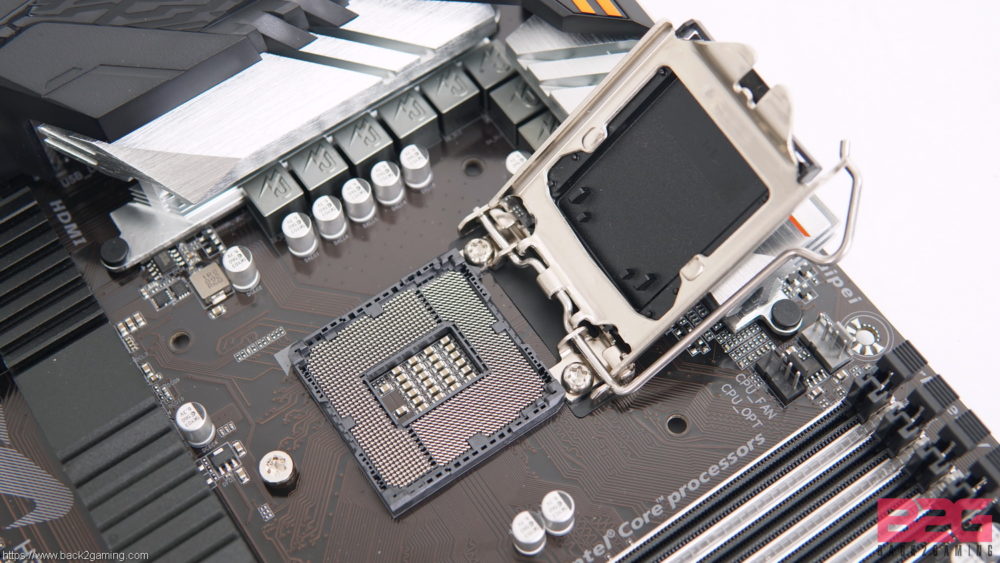
Aside from overclocking support, this motherboard is well-equipped to offer anything a high-end gamer or power user would want. It’s lack of SLI is justified in this market segment and anyone looking to max out their graphics performance should consider a step-up in platform as well to not risk any bottlenecks. That said, the GIGABYTE H370 AORUS GAMING 3 WIFI offers a lot of high-end features at a more affordable price and it’s certainly well-built.
If you’re looking to build an Intel 8th-Gen non-K Core-powered PC particularly with an i3 or an i5, this is certainly a great choice if you’re looking for a balanced cost:benefit option for your motherboard so you can invest in other things like a GPU and SSD for a well-rounded, balanced build.
GIGABYTE backs the H370 AORUS GAMING 3 WIFI motherboard with a 3-year warranty. We give it our B2G Silver Award!



